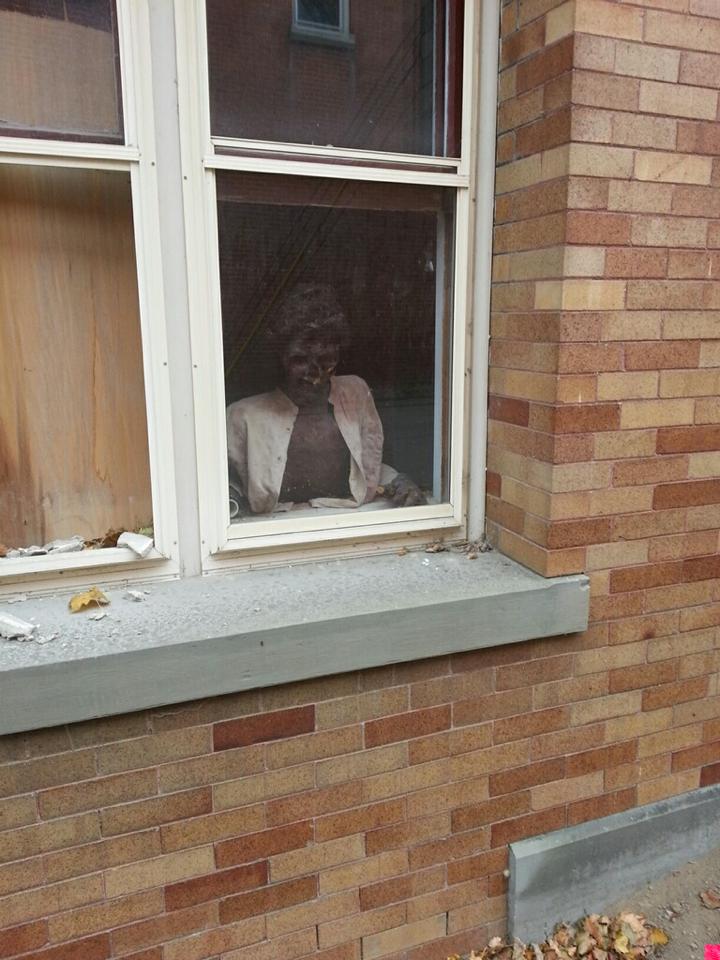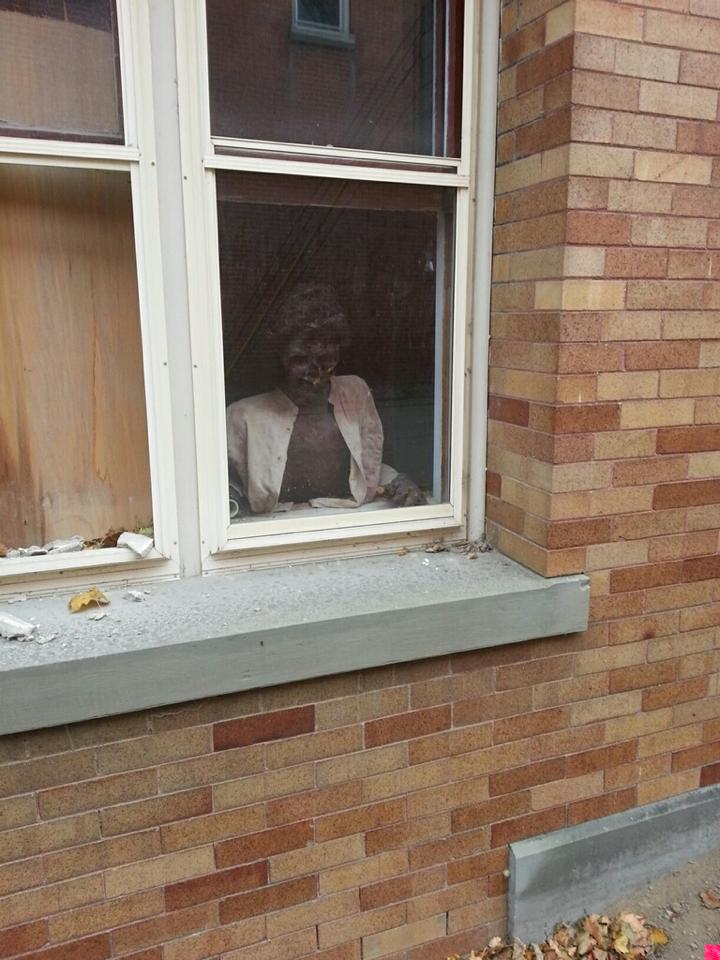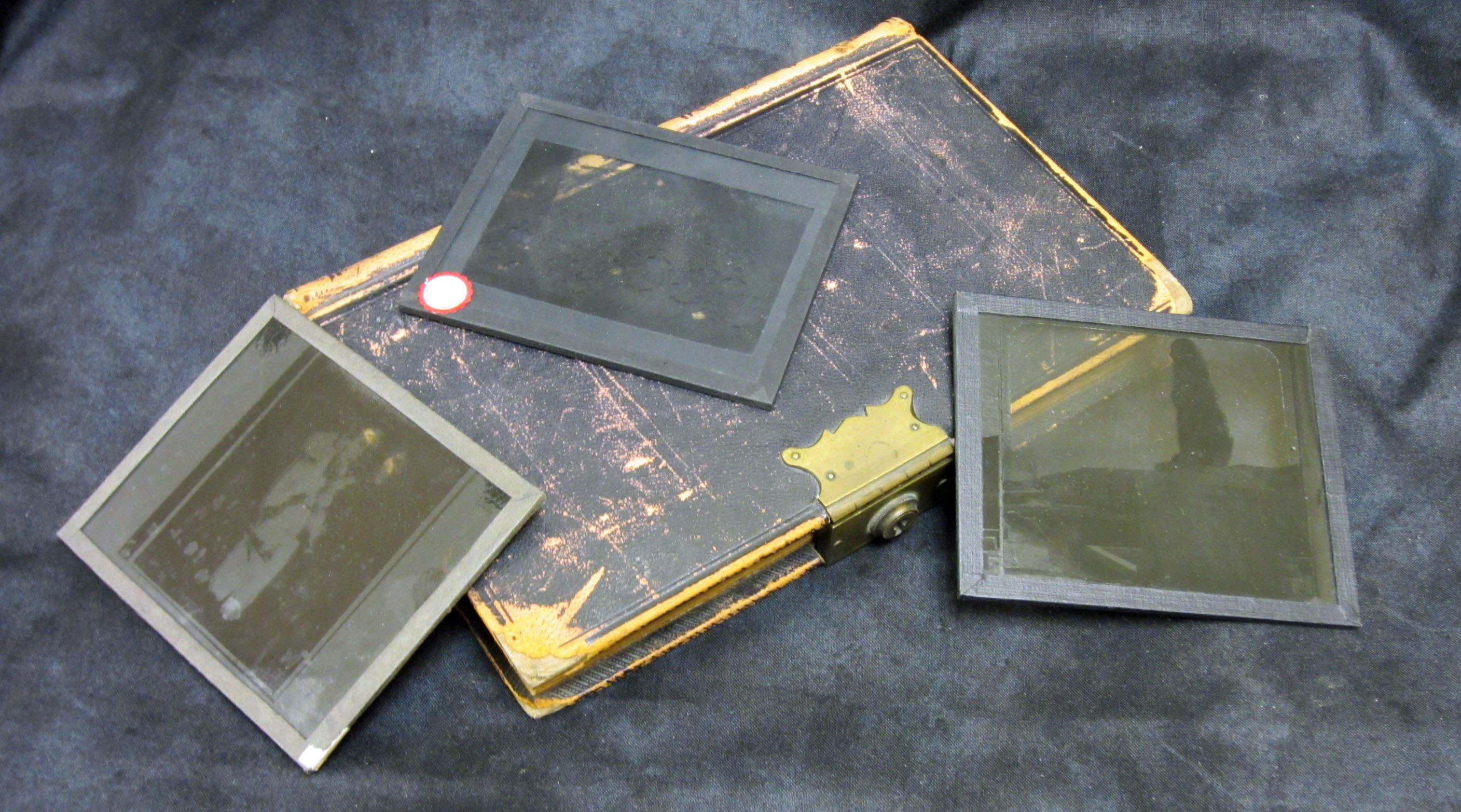There’s Gold on the 3rd Floor of Scholes Library
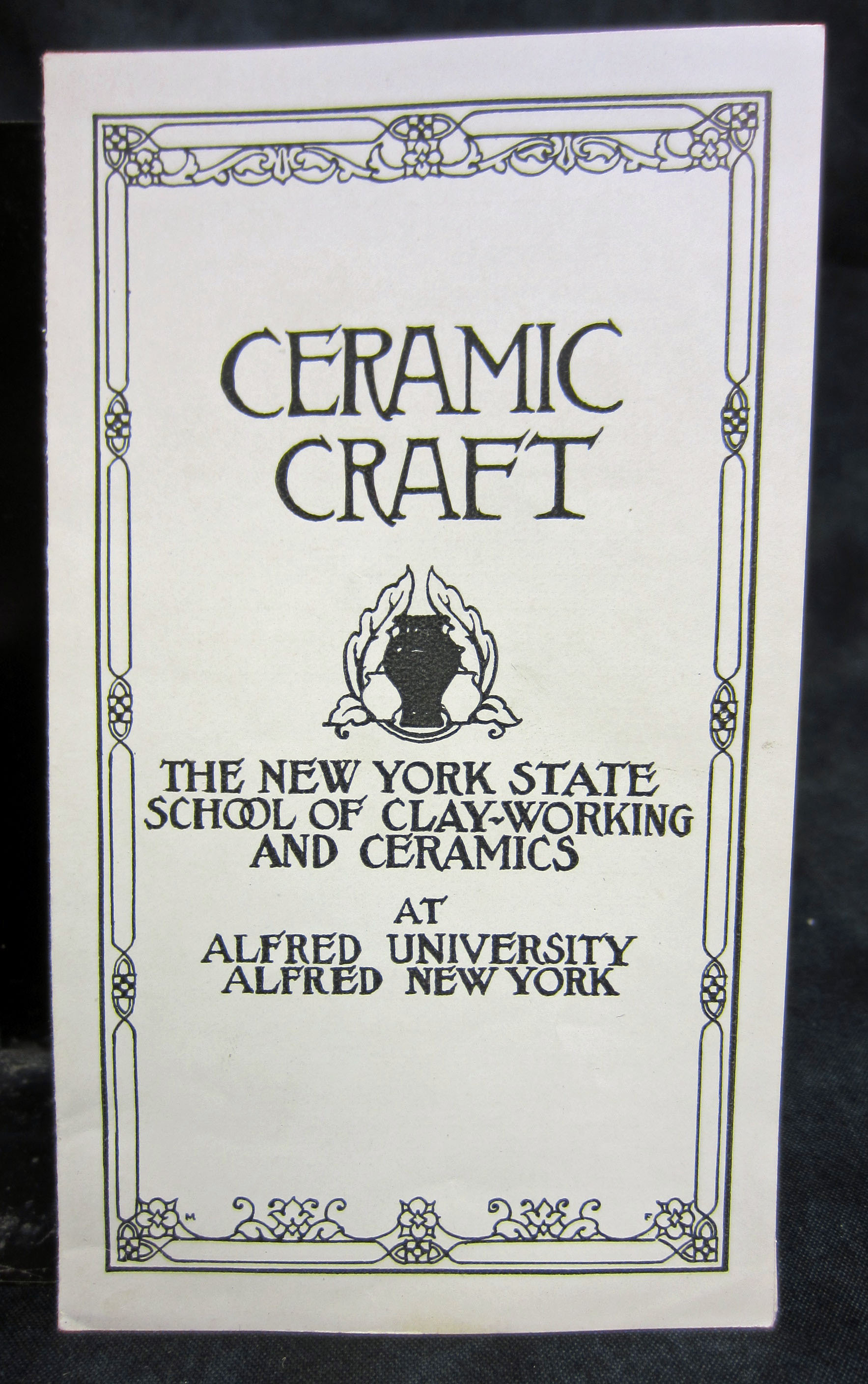
Early Advertising Flyer for the College
Ever been up to the 3rd floor of Scholes Library? Nestled among the study rooms and various offices stands the home of
The Archives of the New York State College of Ceramics.
The business of the College Archives is to collect, describe, preserve and provide access to the story of this important college.
From its humble beginnings as the “
New York State School of Clay Working and Ceramics” to the college’s present status as a leader in materials research and fine arts education, a trail of documents and artifacts are collected and made available to researchers throughout the world.
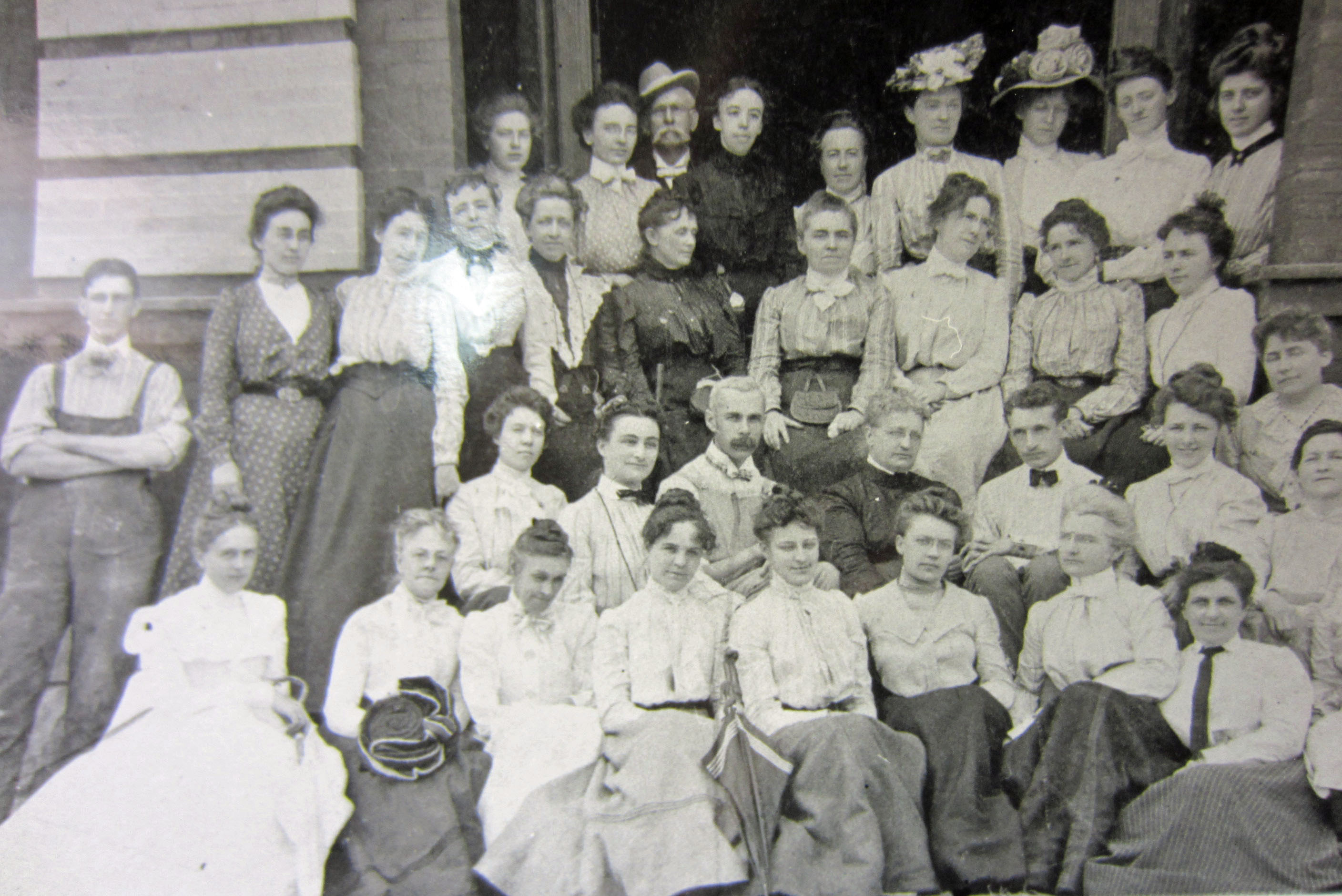
Sumer School Class 1901
Calls for access to this rich history extend well beyond local service to students, faculty and administrative offices. In this past year alone we have received inquiries from institutions such as the
American Decorative Arts Unit of the Metropolitan Museum of Art, the
Robert Rauschenberg Foundation, the
Dinnerware Museum in Cleveland Ohio, the
Art and Architecture Libraries, University of Maryland, and
Sotheby’s Twentieth Century Design Department.
The archives at Scholes is also busy working to serve independent scholars seeking access to records, papers, correspondence and photographic images for their books, lectures and genealogical studies.
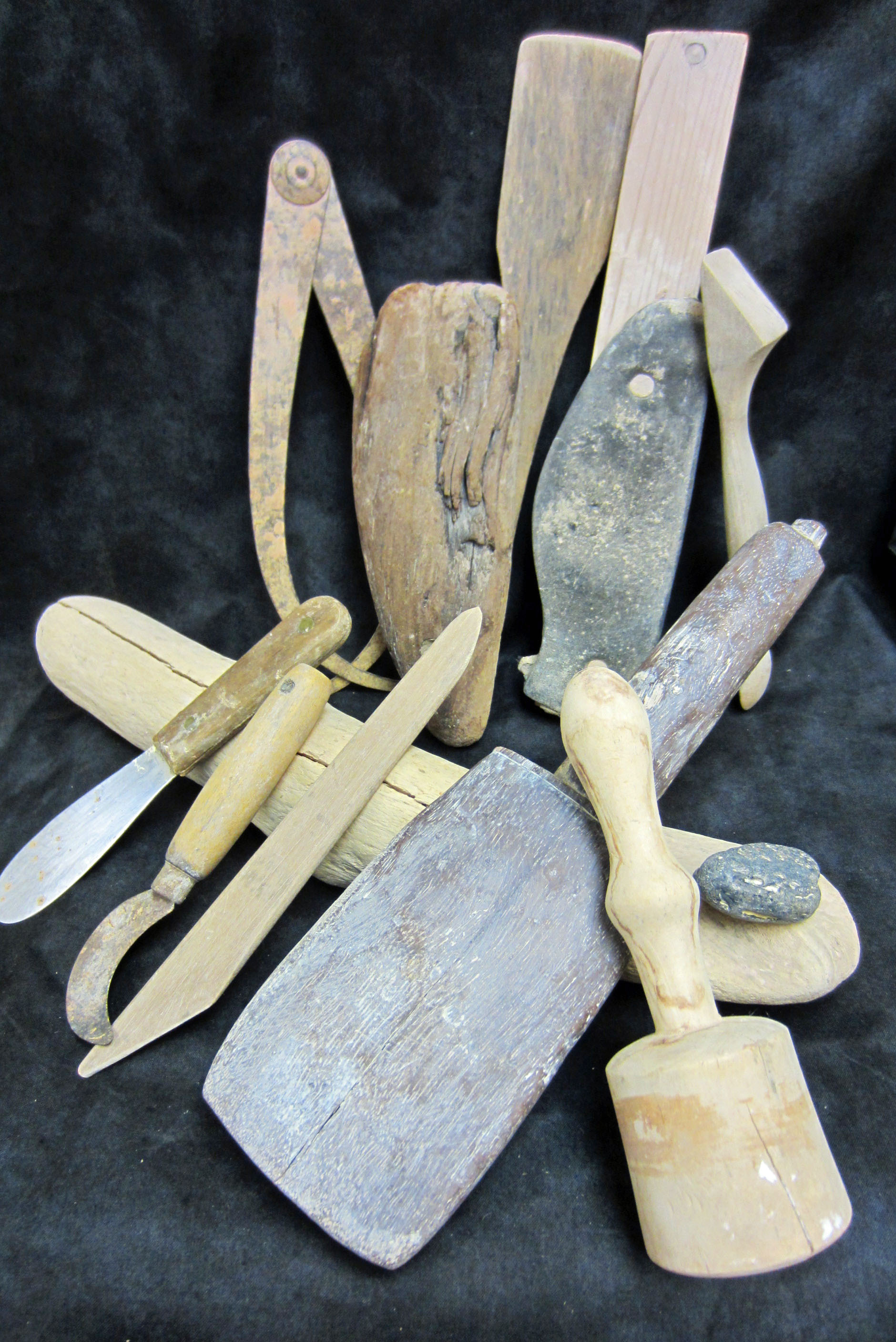
Daniel Rhodes Tools
This year, we have provided content from the letters of Charles Fergus Binns, biographical information on faculty and graduates past and present, information on manufacturing and artistic processes, copies of ceramic glaze recipes of notable faculty, gallery and exhibition records, and historical photographs.
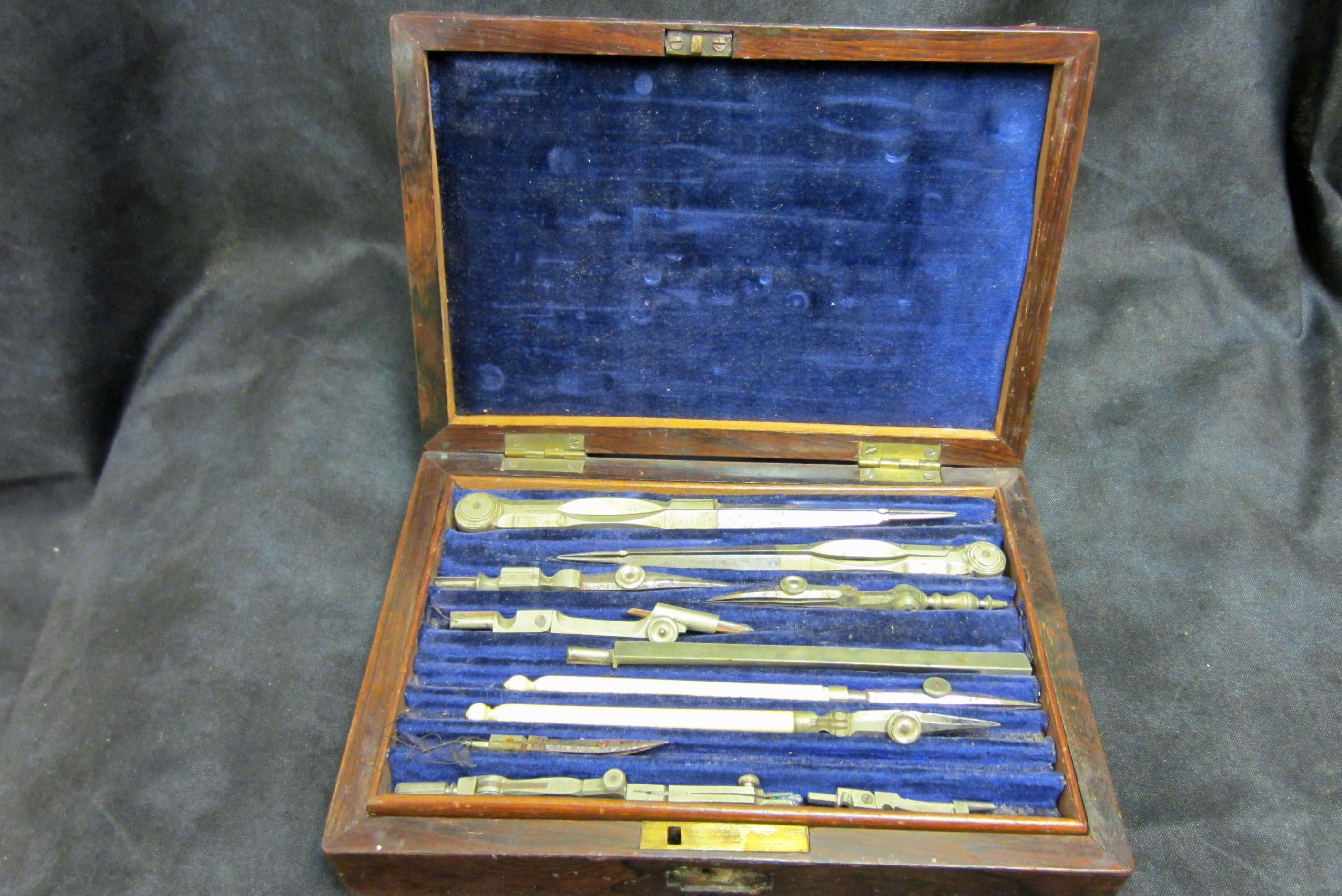
Charles Fergus Binns Tool Set
At the same time, Scholes Archives Manager Verna Mullen is busy collecting and describing a steady stream of items donated to the collection and for our historical record.
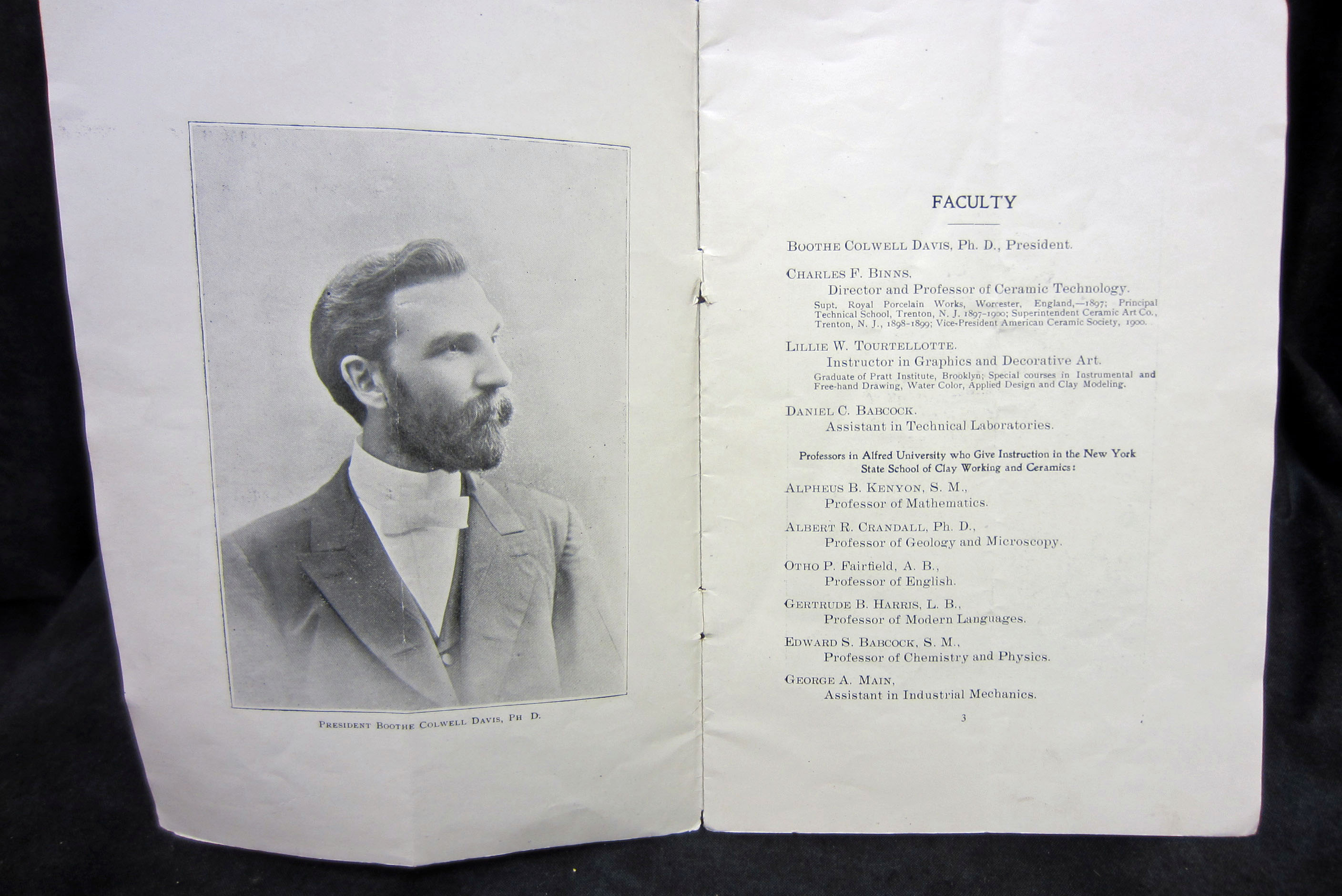
1900-1901 Catalog
This year we have processed items including
Fosdick-Nelson gallery posters and cards, papers from the former Center for Environmental and Energy Research (CEER) at Alfred, papers from the former Center for Glass Research at Alfred, photographic transparencies of artist/educator
William Parry, materials from the
Schein-Joseph Int’l Museum of Ceramic Art and correspondence from renown ceramic artists
Brother Thomas Bezanson and
Sister Angela Fina.
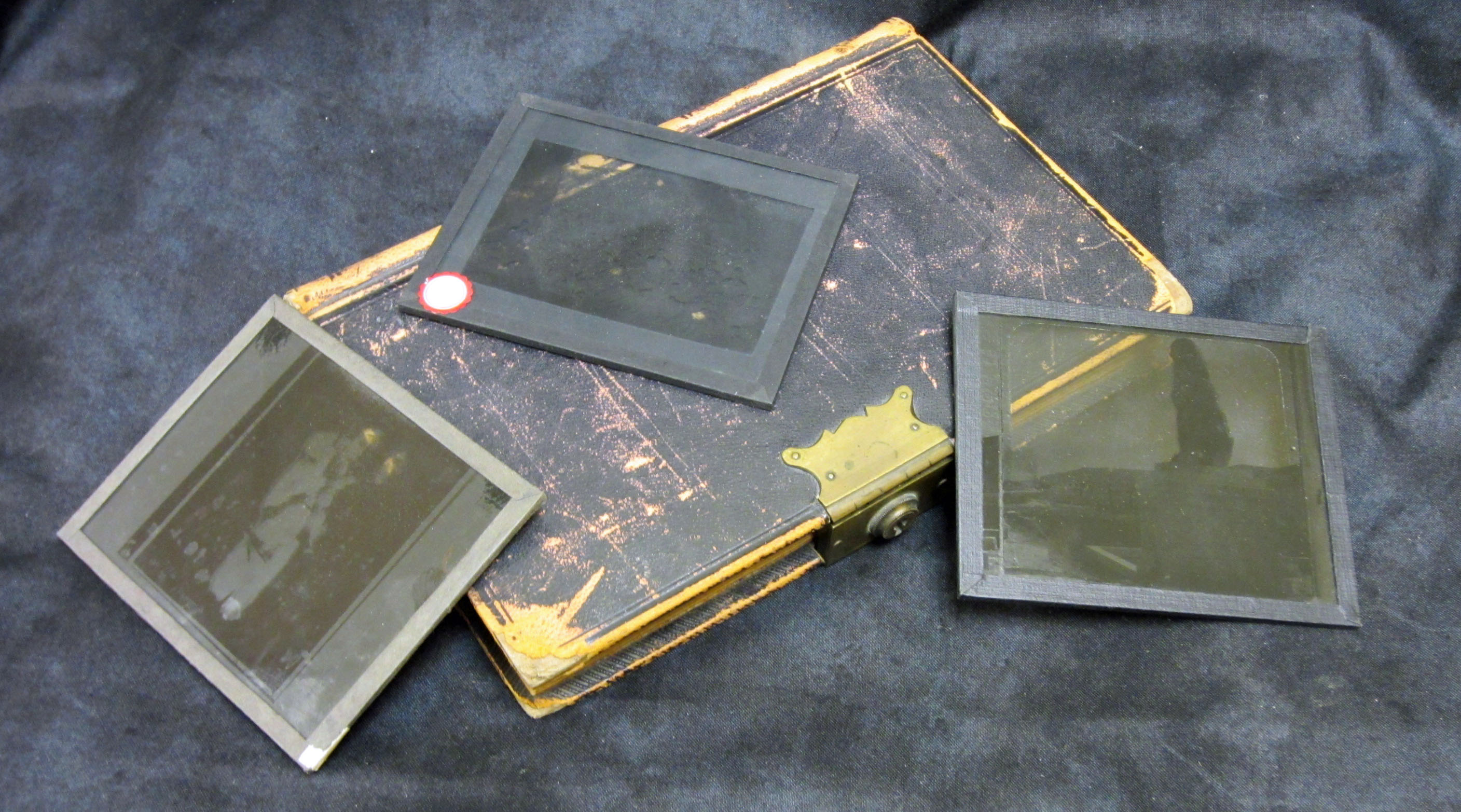
Antique Glass Slides
This is just a brief synopsis of some the ongoing work of the College of Ceramics Archives during this past year alone. The Archives at Scholes Library holds the expected set of materials (yearbooks, catalogs, papers, correspondence, photos etc.) but is more than a repository for “stuff.” It serves a variety of important and influential communities whose purpose is to turn our “stuff” into meaningful stories and brings life and meaning to the work in our unique college.
If you have an interest in visiting the
College of Ceramics Archives at Scholes Library, or have an informational need that we can address,
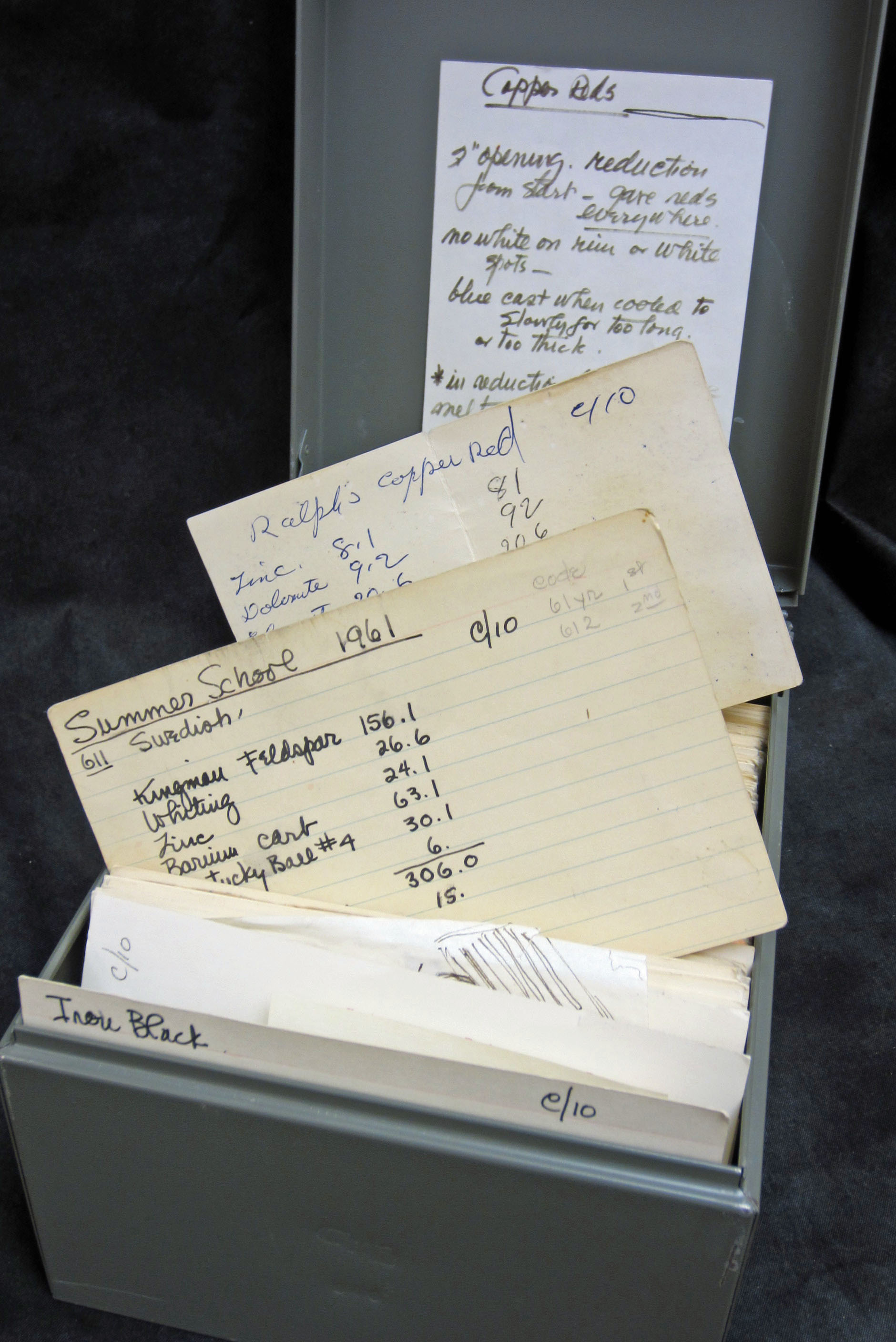
Glaze Recipes of Otto and Vivika Heino
please feel free to contact
Archives Manager – Verna Mullen at 607-871-2938 (
mailto:mullenvc@alfred.edu).
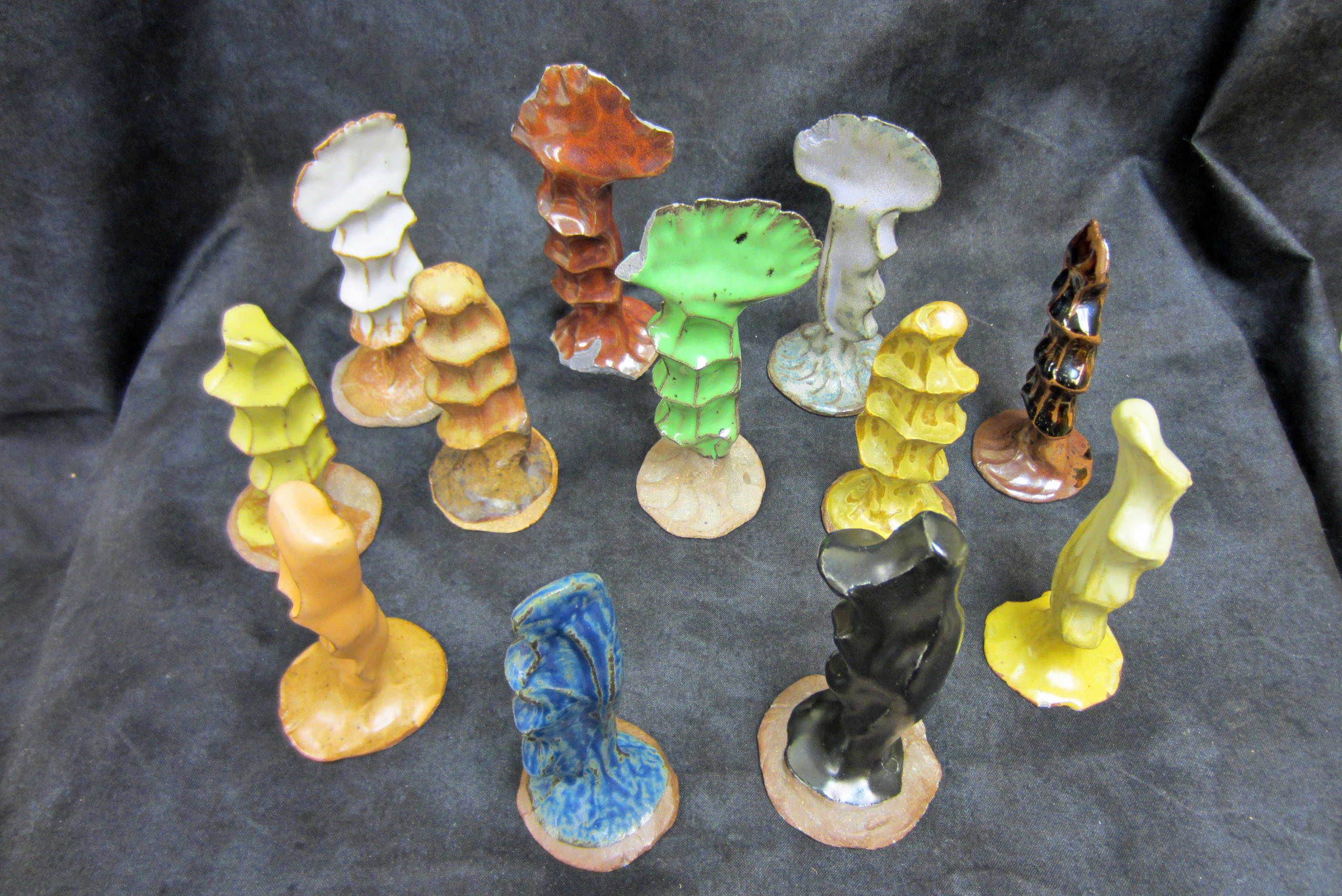
Val Cushing’s Glaze Samples
Alfred University is quite focused in its commitment to preserve its rich history.
The Archives at Scholes Library focuses exclusively on the history of the Ceramics College.
This is only part of the story of Alfred University. A fuller campus history is preserved in the remarkably rich
Archives and Special Collections at Herrick Library. For information or access to that collection please contact
Laurie McFadden, University Archivist and Special Collections Librarian, 607-871-2385
mcfadden@alfred.edu
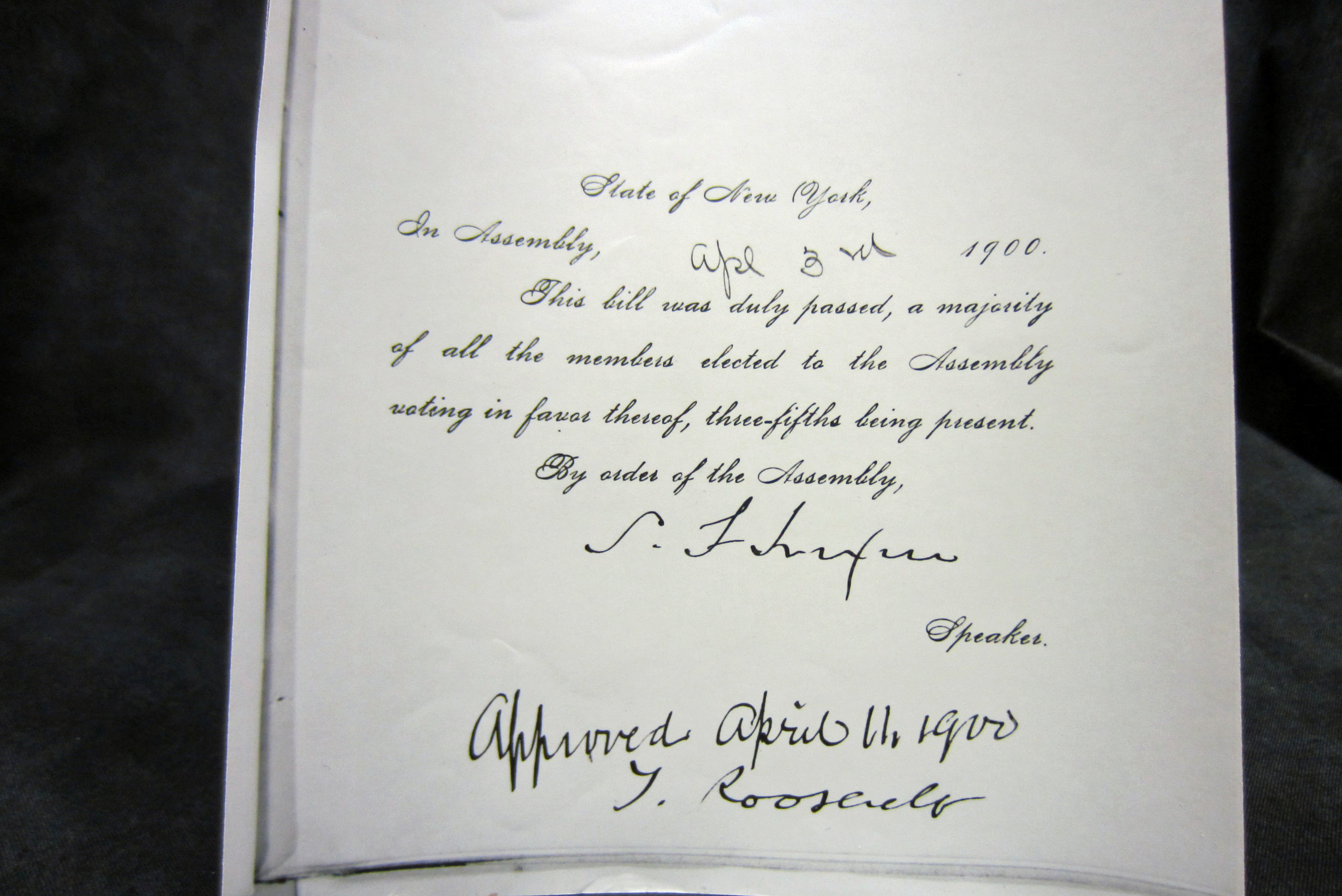
Theodore Roosevelt’s Signature establishing The NYS School of Clay-working & Ceramics at Alfred
